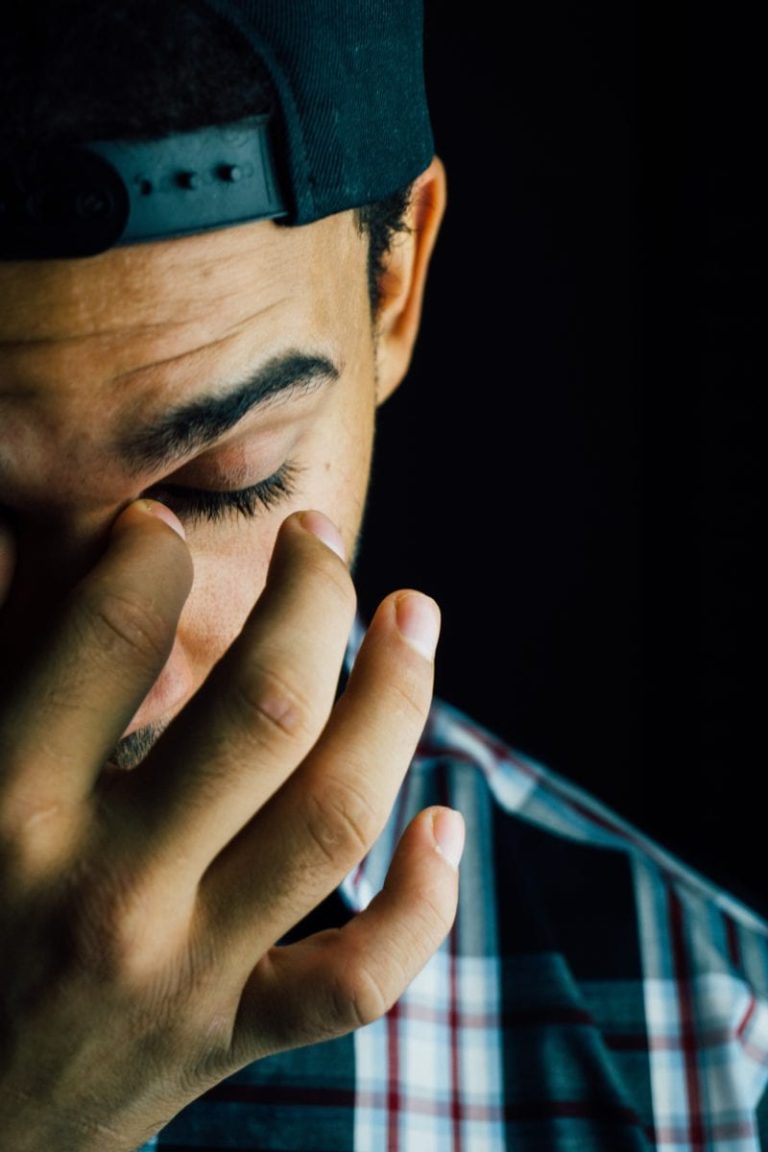Mental health disorders are not uncommon. In the United States, an estimated 43.8 million people suffer from a mental health illness in any given year – that’s 1 in 5 Americans.
Many people seeking treatment for substance abuse disorders also suffer from mental health disorders, a condition called dual diagnosis. According to the most recent Substance Abuse and Mental Health Services Association (SAMHSA) survey gathered in 2014, 7.9 million people in the U.S experience both a mental disorder and substance abuse disorder simultaneously.
However, a majority of rehabilitation treatment centers in the U.S. only treat either addiction disorders or mental health disorders, not both concurrently. In a 2014 research study published in Administration and Policy in Mental Health and Mental Health Services Research that reviewed 256 programs across the U.S., only 18% of addiction treatment programs and 9% of mental health treatment programs addressed both issues with the individual and could be classified as “Dual Diagnosis Capable.”
“This suggests that patients and families seeking care in these programs have a 1 in 10 to 2 in 10 chance of having both disorders addressed adequately. Despite the national and perhaps international call to action for integrated services (i.e. “no wrong door”), these data suggest that the opportunity for systemic improvement persists,” the study says.
When given a dual diagnosis, addressing clients’ goals in treating both disorders is a key factor in the outcome of their recovery. A Dual Diagnosis treatment center is considered highly effective in combating the client’s symptoms and suffering. NAMI, the National Alliance on Mental Illness, says, “In fact, joint approaches offer the best chance for recovery.”
A study by NAMI from 1999, one of the most comprehensive in recent history, looked at 981 male dual diagnosis patients and followed-up with them 1 year later. The results were extraordinary. Dual diagnosis patients who were treated for both disorders:
- Had a higher abstinence rate 1 year later than at intake (39% versus 2%)
- Had improved freedom from psychiatric symptoms from intake (60% to 68%)
- Had higher levels of employment from intake (20% to 29%)
Overall, a dual diagnosis treatment center can vastly improve outcomes. NAMI suggests that the best approach provides a combination of methods for treating the client, including psychotherapy, cognitive-behavioral therapy (CBT), medication and behavioral treatments. “The combinations of different technologies increase therapeutic effect by exerting a synergistic impact on symptoms,” the study concludes. Ultimately, the outcomes for individuals suffering dual diagnosis who get treatment for both disorders is optimistic.

